Search Articles
Browse Content (p. 76)

Article
10 Virtual Tours of Archaeological Sites & Museums in Turkey
Thanks to the new Sanal Muze digital portal released by the Ministry of Culture and Tourism of Turkey in 2020 CE, history lovers and art enthusiasts can now take virtual tours of Turkey's best archaeological sites and museums. There are currently...

Article
Jamestown Brides
Jamestown brides (also known as tobacco brides) were young, single women transported from England to the Jamestown Colony of Virginia between 1620-1624 to be married to male colonists already established there. The women themselves had their...
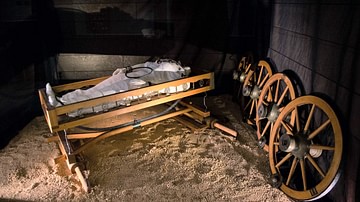
Article
Death, Burial & the Afterlife in the Ancient Celtic Religion
The ancient Celts who occupied large parts of Europe from 700 BCE to 400 CE displayed a clear belief in an afterlife as evidenced in their treatment of the dead. In the absence of extensive written records by the Celts themselves, we are...

Article
Elves & Dwarves in Norse Mythology
Elves and dwarves represent minor divine figures in Norse mythology. Elves (álfar) and dwarves (dvergar) have in common their talent for creating precious objects, skill, agility, and moral ambiguity. Dwarves appear in several important stories...

Article
The Legend of Romulus
Despite allegedly founding Rome and being hailed a hero, Romulus’ legacy is complex and his biography is even disturbing at times. He was supposedly guilty of committing many terrible deeds that still make readers recoil, but according to...
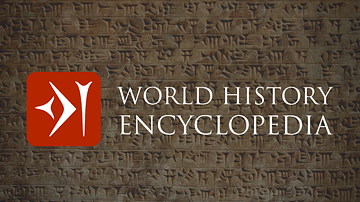
Article
We are now World History Encyclopedia
Ancient History Encyclopedia has now been around for almost twelve years. Since then, over 136 million people have used our website to learn about history, making it one of the most-read history publications in the world. Our project has...

Article
The Contest between Odin & Thor
The poem called The Lay of Greybeard (Old Norse: Hárbarðsljóð) is one story from Norse mythology that relates an intriguing verbal fight between two of its essential gods, Thor and Odin. The poem consists of 60 stanzas and is found complete...
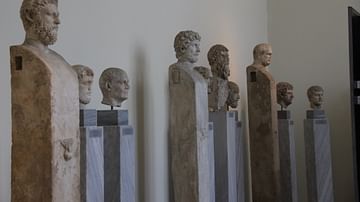
Article
The Desecration of the Statues of Hermes, 415 BCE
On 7 June 415 BCE, various statues of the god Hermes were desecrated in Athens. The Peloponnesian War (431-404 BCE) had been raging for decades as one of the biggest civil wars in Ancient Greece, and the Athenians prepared for the expedition...
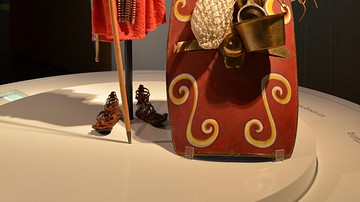
Article
Roman Armor & Weapons
From the days of the hoplites through the creation of the legionary until the fall of the Roman Empire in the west, the Roman army remained a feared opponent, and the Roman legionary's weapons and armor, albeit with minor modifications, remained...
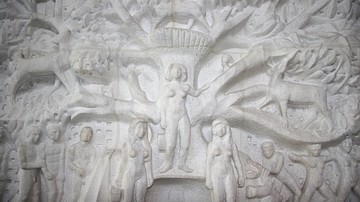
Article
Viking Prophecy: The Poem Völuspá of the Poetic Edda
The Völuspá (Old Norse: Vǫluspá) is a medieval poem of the Poetic Edda that describes how the world might have come into shape and would end according to Norse mythology. The story of about 60 stanzas is told by a seeress or völva (Old Norse...